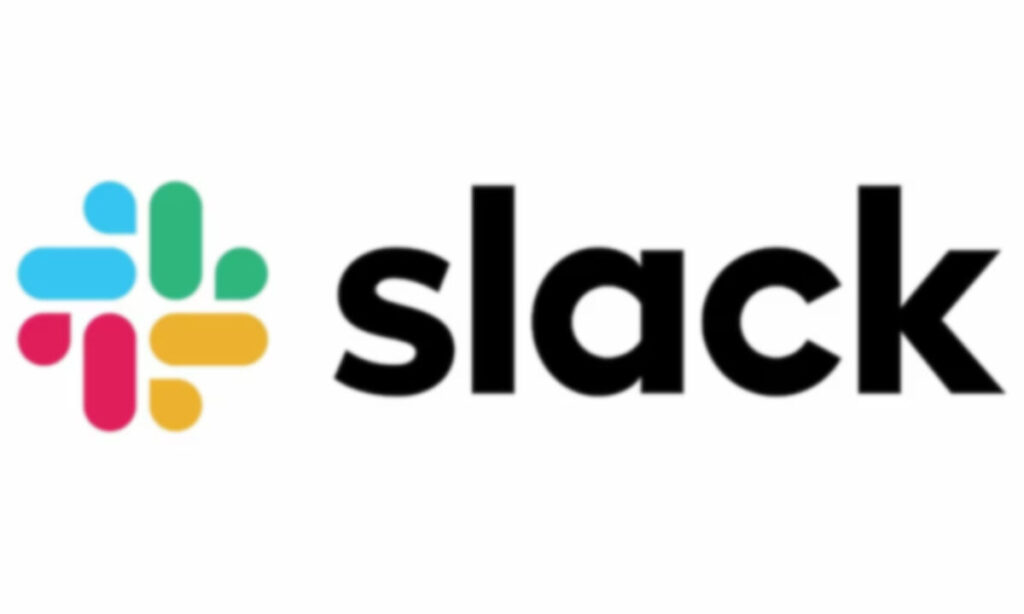Slack recently unveiled a series of AI-powered enhancements aimed at streamlining workflows and fostering stronger connections among teams leveraging its platform. As business leaders, particularly in small- and medium-sized businesses (SMBs), understanding these features can unlock significant opportunities to elevate efficiency and productivity.
One of the notable upgrades is Slack’s enhanced AI search functionality. This tool moves beyond basic searching capabilities by permitting users to navigate seamlessly through multiple channels and integrated applications such as Google Drive, Salesforce, and Microsoft Teams. This integration is valuable for SMBs that often utilize various platforms to manage their operations. The ability to quickly locate critical documents, messages, and project updates reduces the time employees spend searching for information, allowing them to focus on more strategic tasks. A practical approach may involve training teams to leverage this feature effectively, teaching them to use specific keywords or filters that can optimize their search results.
Additionally, Slack’s meeting features are being transformed through AI-generated transcriptions and key action item highlights. For SMBs with remote teams or those who frequently host virtual meetings, this enhancement is particularly beneficial. It ensures that vital details are not lost on participants who may miss a meeting and need to catch up quickly. By deploying these AI features, companies can maintain a continuous flow of information, reducing the potential for misunderstandings and reinforcing accountability.
The meeting summaries offered by Slack also stand to improve team alignment. Instead of chastising employees for not keeping up with every discussion, leaders can encourage the use of summaries to empower team members to stay informed without having to scroll through lengthy threads. This not only enhances communication but also aids decision-making processes, allowing leaders to quickly gauge team opinions or areas of concern.
An equally important development is Slack’s upcoming feature that offers summaries of user profiles, detailing roles and recent work. This enhancement facilitates a clearer understanding of team contributions and responsibilities, making it easier for employees to connect with colleagues across functions. As SMBs often have limited resources, this insight can streamline project handoffs and improve interdepartmental collaboration. By enabling employees to quickly identify the right persons for specific tasks, businesses can reduce delays that often occur during project transitions.
Moreover, Slack is exploring a smart message explanation feature that employs AI to clarify messages within their contextual framework. For teams working in diverse fields or with varying levels of technical knowledge, this could drastically reduce confusion by providing clarity around complex discussions. The ability to eliminate ambiguity is a significant advantage for SMBs striving to maintain productivity amidst increasing workloads.
On another front, Slack’s Canvas feature will now come equipped with an AI assistant. This blend of creative collaboration and efficiency is particularly relevant for SMBs involved in content creation, allowing users to draft and reformat content seamlessly. Once again, the focus is on reducing friction and enhancing productivity. Encouraging teams to utilize this feature for brainstorming can provide the dual benefit of idea generation and structured documentation.
From a return on investment perspective, SMB leaders should consider how these AI-powered enhancements can lead to measurable improvements in productivity. For instance, if the AI search feature reduces the time spent searching for documents by even a mere 10% across all employees, the resultant gains in productivity can be substantial. Additionally, the capacity to automatically summarize meetings and channel discussions could minimize the hours wasted on ineffective communication, translating directly into more time for completing high-value tasks.
Consider a scenario in which an SMB maintains a marketing team that regularly collaborates with external stakeholders. By leveraging Slack’s enhanced AI features, the team is not only able to swiftly share files and project timelines—thanks to improved search functionalities—but also to keep track of conversations through summaries and transcriptions. This ensures that everyone is on the same page and can make informed decisions rapidly, enhancing the responsiveness that is so critical in a competitive marketplace.
As SMB leaders look to implement these strategies, it will be essential to foster a culture around these AI tools. This might involve regular training sessions or team workshops to ensure that everyone is well-versed in maximizing the technology’s capabilities.
In today’s fast-paced, hybrid work environment, tools that integrate AI into everyday operations can serve as critical differentiators for SMBs. By carefully adopting these features, organizations can encapsulate the essence of modern collaboration, thereby redefining how teams communicate and coordinate their efforts.
FlowMind AI Insight: The integration of AI-driven workflows can transform the operational landscape for SMBs, enabling an agile environment where productivity and collaboration flourish. Embracing such innovations not only enhances efficiency but also empowers teams to make better-informed decisions rapidly, positioning businesses for sustained growth.

